How to Increase Natural Light in Your Home Without Adding Windows
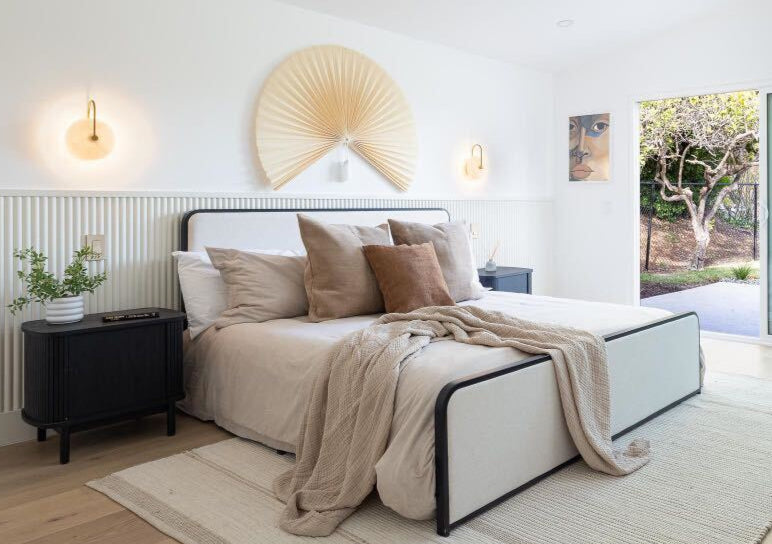
Natural light has the power to transform a home, making it feel larger, fresher, and more inviting.
However, adding new windows isn’t always practical due to budget constraints, structural limitations, or rental agreements. The good news is that there are plenty of ways to maximize the natural lighting you already have without major renovations.
Whether you're working with a small apartment, a house with limited windows, or just want to brighten a dim space, strategic design choices can significantly impact how light moves through your home.
This guide explores effective ways to enhance brightness using various solutions from mirrors and wall colors to strategically-placed room dividers and window treatments.
If you're looking for a few ideas and looking for more, you're in the right place!
1. Use Mirrors to Bounce Light Around the Room
Mirrors are one of the simplest and most effective ways to amplify natural lighting.
By reflecting sunlight and artificial light, they can make a room feel twice as bright without requiring additional fixtures. Mirrors also create the illusion of depth, making small spaces feel larger and more open.
Best Mirror Placement for More Light
Strategic mirror placement is key to maximizing brightness. Positioning a large mirror directly across from a window reflects natural light deep into the room, effectively doubling its reach.
If direct placement isn’t possible, placing mirrors adjacent to windows, or on a wall that usually gets a lot of sunlight already will already brighten up your room significantly.
For an even greater impact, consider mirrored furniture, such as coffee tables, side tables, or cabinets, to subtly reflect light throughout the space. Mirrored backsplashes in kitchens or mirrored closet doors in hallways can also brighten typically darker areas.
2. Choose Lighter Wall Colors and Finishes

Why Lighter Colors Work
Dark colors absorb light, which can make a space feel smaller and more closed off. In contrast, lighter shades reflect light, helping rooms feel more open and airy.
The best colors for maximizing natural lighting include white, beige, pale gray, and soft pastels. These hues create a neutral base that bounces light effectively while complementing various decor styles.
Best Paint Finishes for Reflecting Light
The finish of the paint is just as important as the color. Matte finishes absorb light, making a room look duller, while semi-gloss or high-gloss paints reflect more light, enhancing brightness.
Satin and eggshell finishes strike a balance by offering a soft sheen that reflects light without being too shiny.
Adding Texture Without Losing Light

For those who prefer more texture, paintable wall panels are an excellent alternative to flat paint.

They provide depth without darkening a space. Similarly, wood slat room dividers in lighter tones not only help define spaces but also enhance brightness by allowing light to pass through while adding warmth to the decor.
3. Swap Heavy Curtains for Lighter Window Treatments
Heavy, dark curtains absorb light and can make a room feel enclosed, even when they’re open. Thick drapes block windows, reducing how much natural lighting enters a space.
On the other hand, sheer white curtains actually diffuse light, spreading it around the space naturally and distributing that soft, natural light in a beautiful way, while also providing privacy.
Best Alternatives for Maximum Light
To maximize brightness while making sure that maintaining privacy, swap heavy curtains for sheer or lightweight fabrics.
Sheer white curtains diffuse light beautifully, creating a soft, glowing effect. Blinds and shades that can be tilted allow for more control over light levels while still letting in brightness.
For rooms where privacy isn’t an issue, removing window treatments altogether can maximize natural sunlight. Frosted glass or window films are another option to maintain privacy while letting in plenty of light.
4. Use Transparent or Slatted Dividers Instead of Solid Walls
Why Solid Walls Make Rooms Feel Dark
Traditional solid walls limit how far natural lighting can travel, creating darker, more enclosed spaces. This is especially true for small rooms, hallways, and home offices without direct window access.
How Wood Slat Room Dividers Help Light
Unlike solid partitions, wood slat room dividers maintain openness while still defining different areas of a home. Their open design allows light to filter through, making them an ideal solution for spaces like lofts, studios, and open-concept living areas.
They offer privacy without blocking light, ensuring brightness flows from one room to another.
How Glass Dividers Help Light Flow
Glass dividers serve a similar function by separating spaces without cutting off light. Frosted or textured glass panels add privacy while allowing sunlight to pass through.
They are commonly used in offices, between living and dining areas, or as stylish alternatives to solid doors.
5. Rearrange Furniture to Let Light Flow
Common Mistakes That Block Light
Large furniture pieces placed near windows obstruct light from spreading throughout the room. Dark-colored furniture can also absorb light, making the space appear dimmer.
Smart Furniture Placement for More Light
To keep spaces bright, arrange furniture to allow natural lighting to flow freely. Avoid placing bookshelves or bulky sofas directly in front of windows.
Instead, opt for open or minimal shelving to reduce visual weight and allow more light penetration. Choosing light-colored furniture and reflective materials, such as glass or acrylic tables, can further enhance brightness.
Add Artificial Light That Feels Natural
The Best Bulbs for a Sunlit Effect

In rooms with limited natural lighting, the right artificial lighting can mimic sunlight. LED bulbs labeled “daylight” provide a cool, bright tone that closely resembles natural light. Full-spectrum bulbs help maintain a balanced light level, reducing harsh shadows.
Layering Light for a Brighter Look
Instead of relying on a single overhead fixture, layering different light sources creates a more natural, evenly lit space. Combining floor lamps, table lamps, sconces, and recessed lighting ensures that light is distributed evenly throughout the room.
For windowless areas, installing indirect lighting, such as cove lighting along ceilings or LED strips under cabinets,
Conclusion
Bringing more natural lighting into your home doesn’t require major renovations.
Simple adjustments, like incorporating mirrors, choosing lighter paint colors, and selecting the right window treatments, can significantly brighten a space.
For those looking for functional and stylish solutions, wood slat room dividers offer a perfect balance between openness and privacy. They help light move freely between spaces while adding warmth and character to a room.
By combining these techniques, you can create a home that feels brighter, more open, and more inviting without adding a single new window.
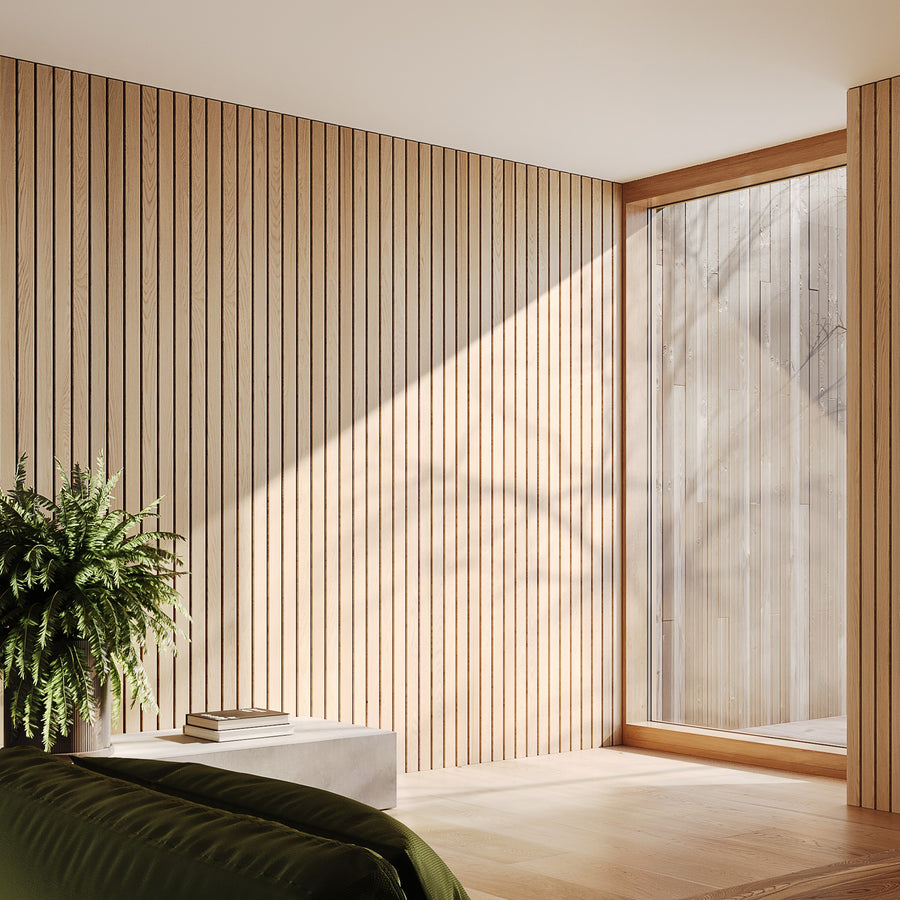

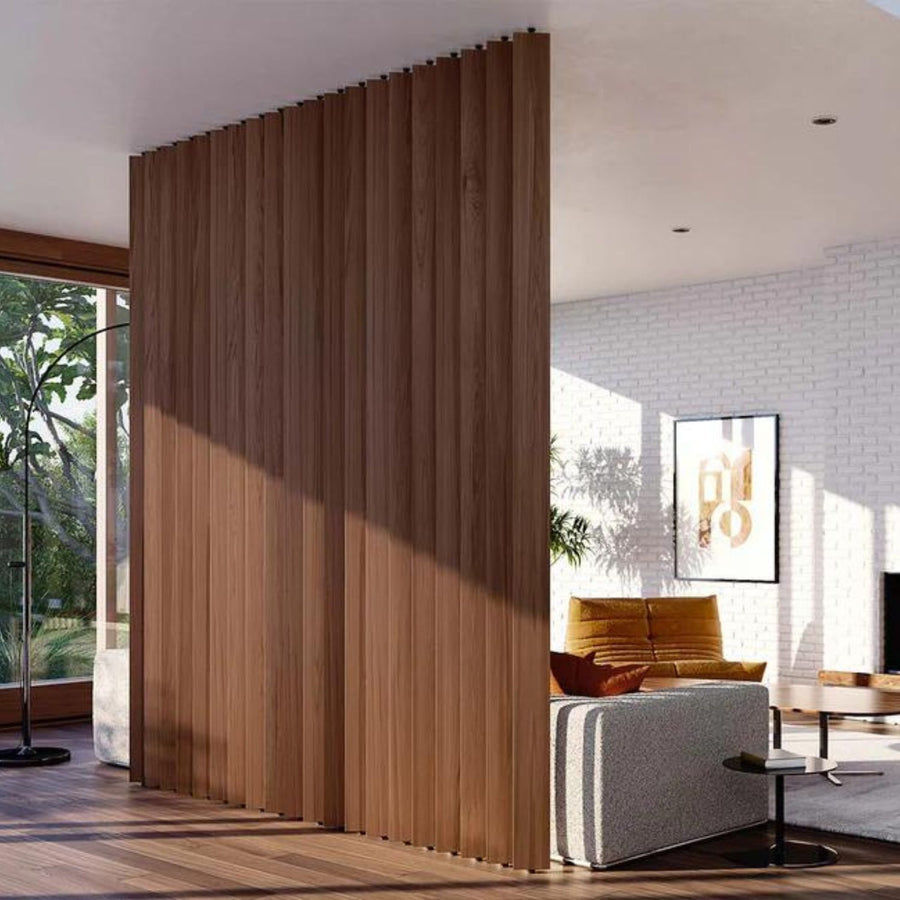
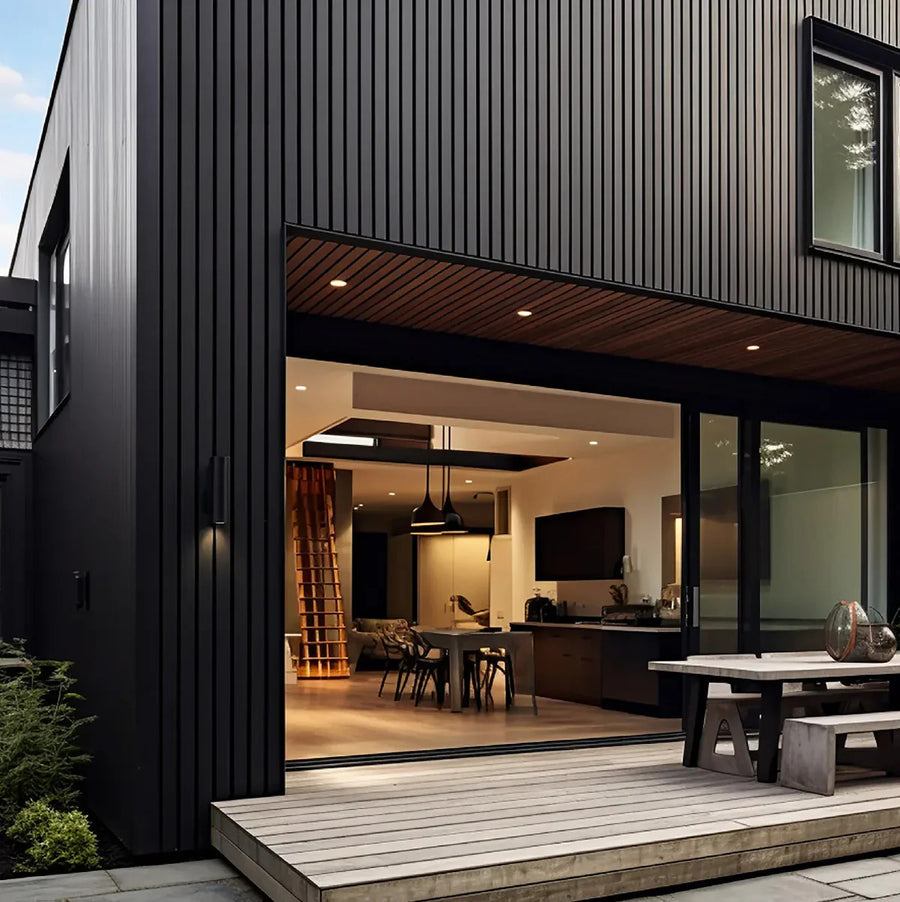
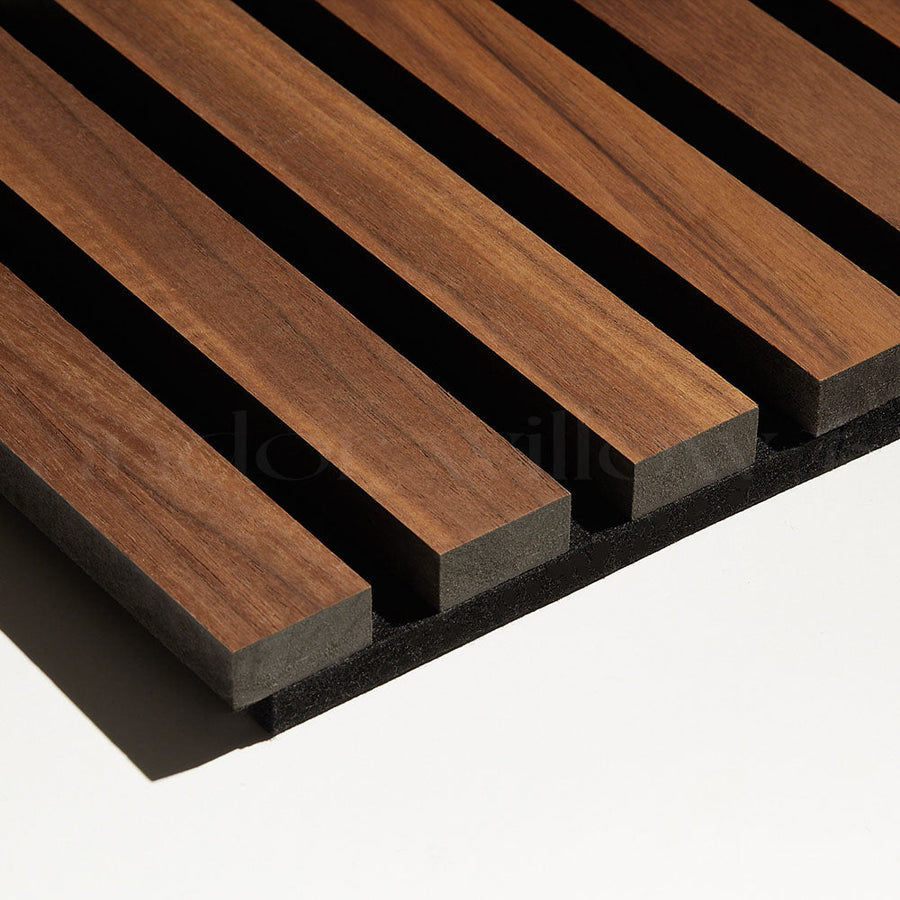
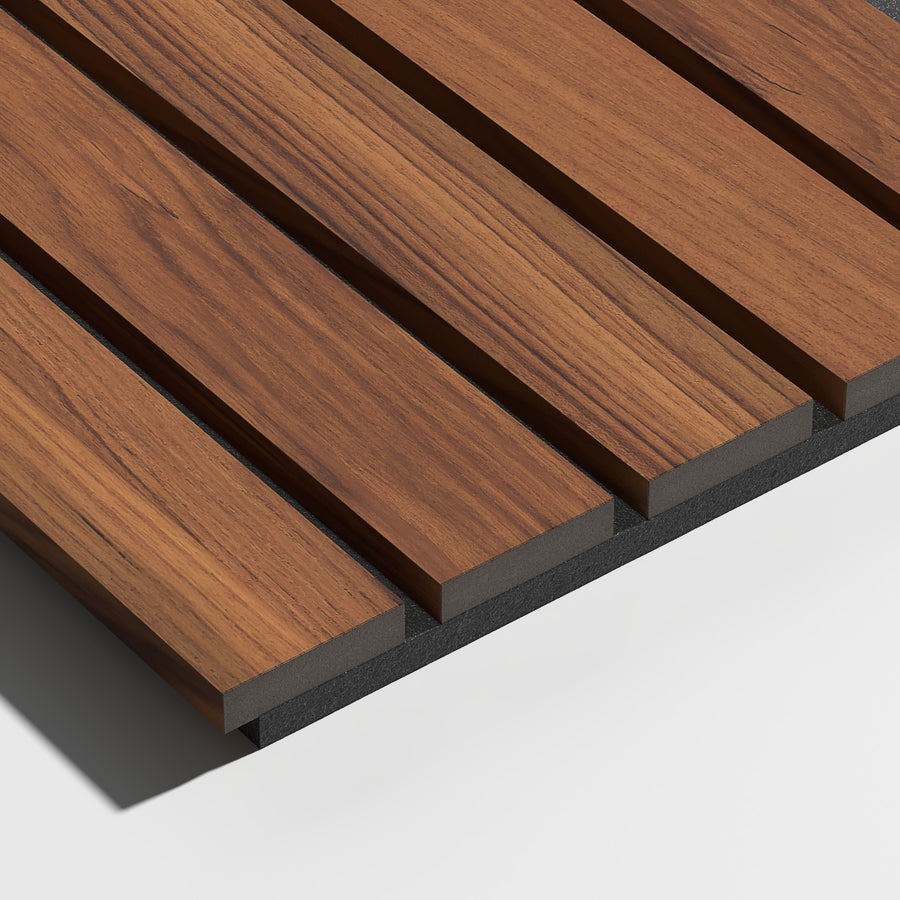



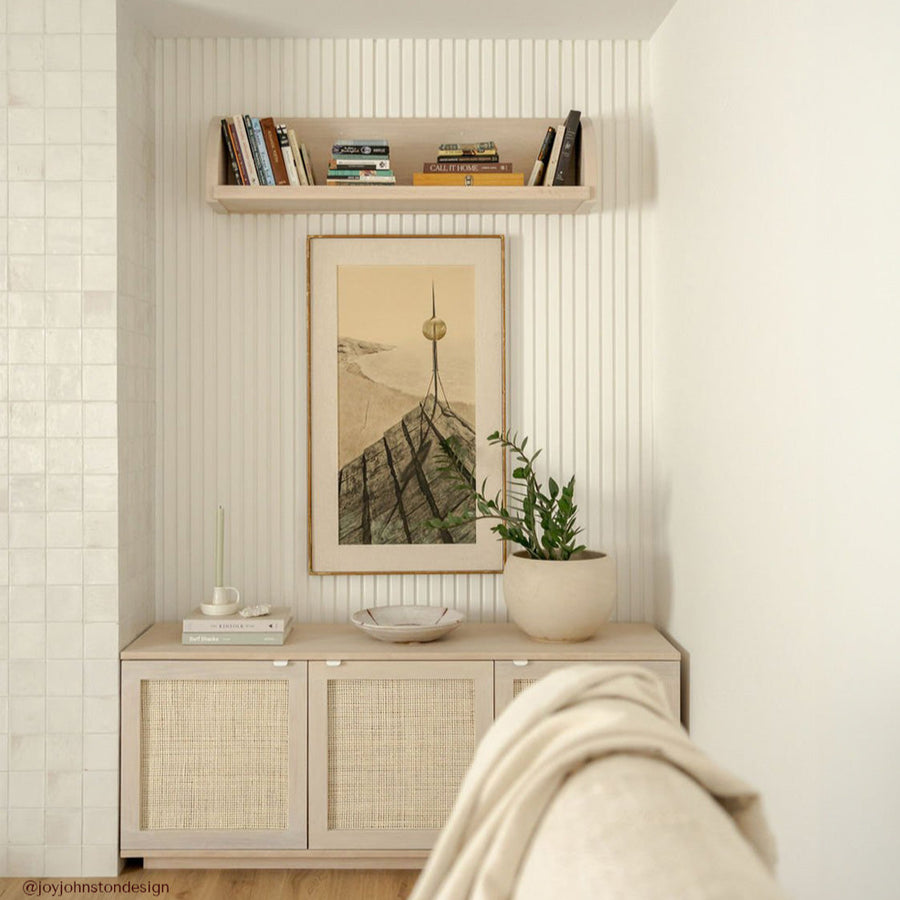

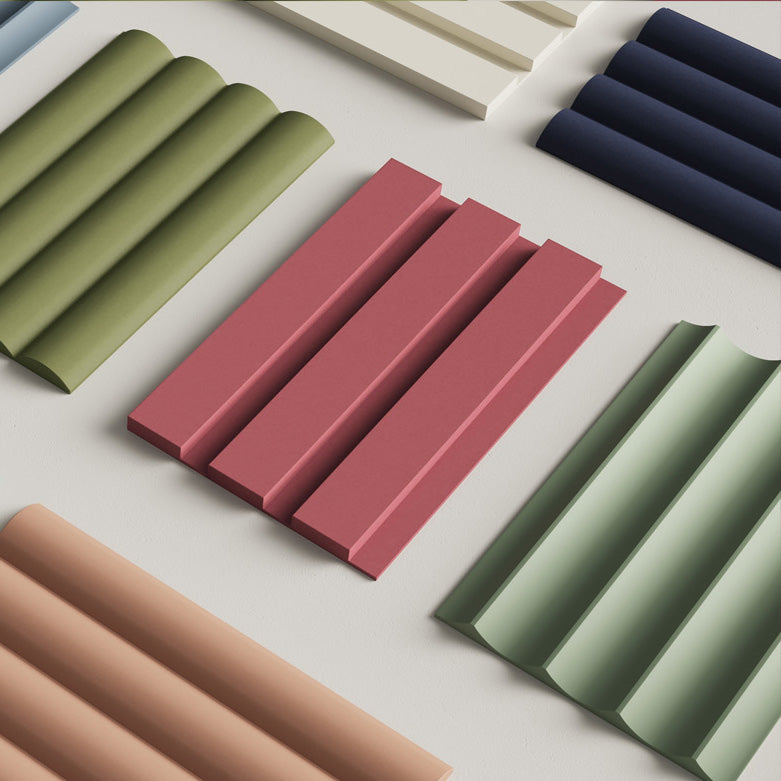



















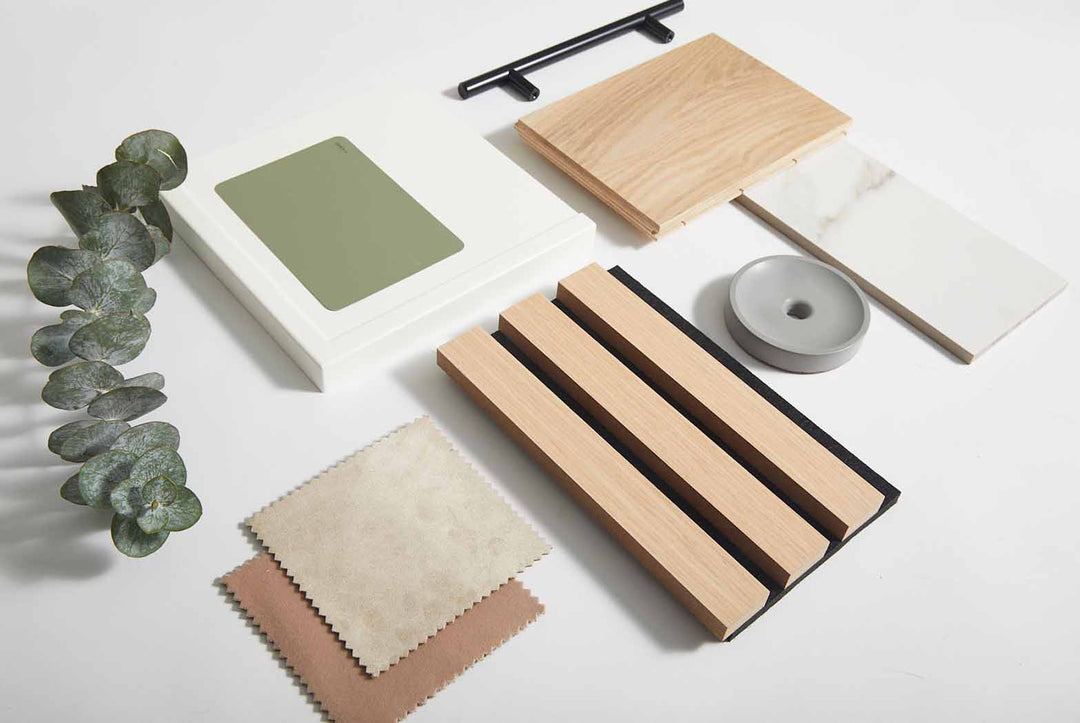

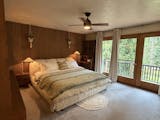










Leave a comment